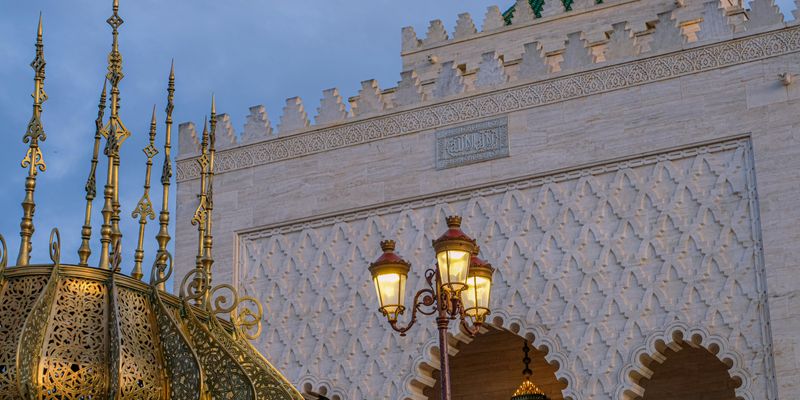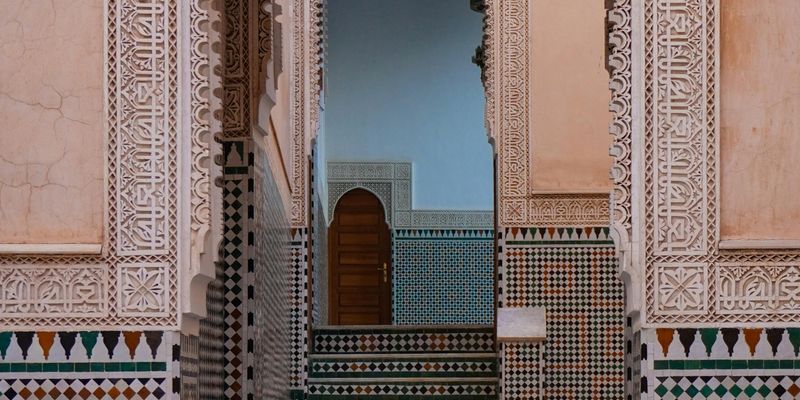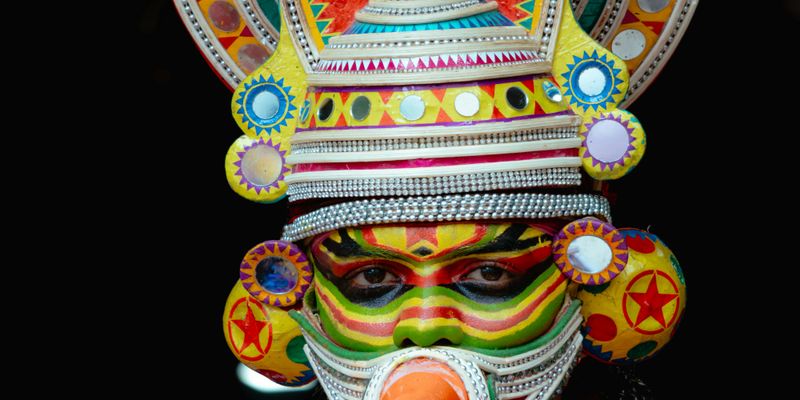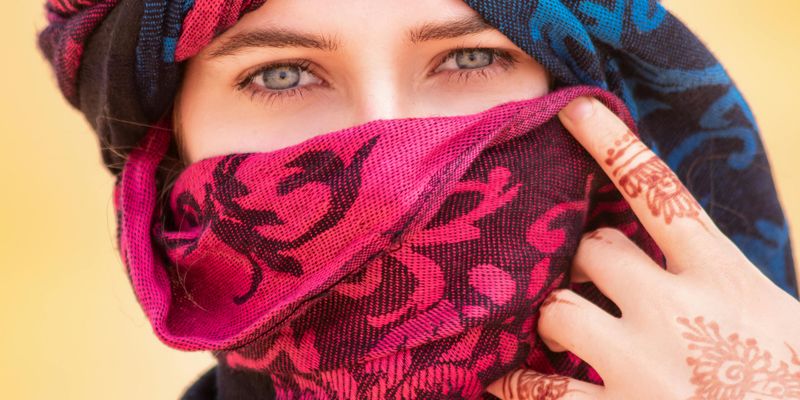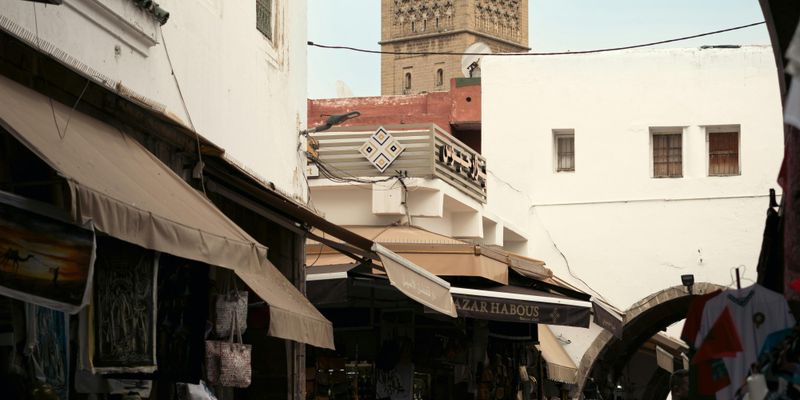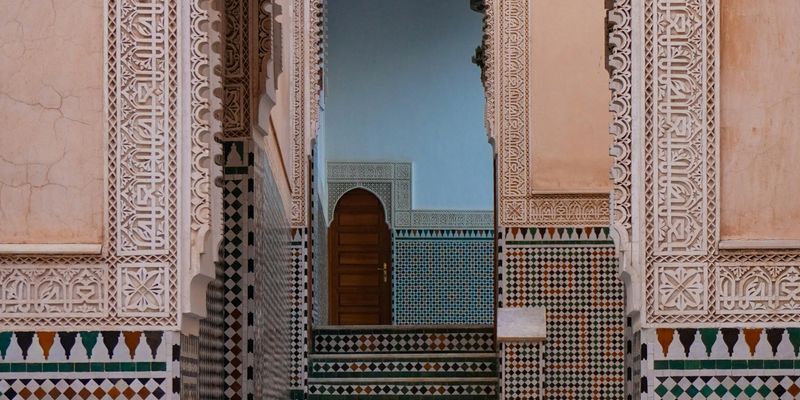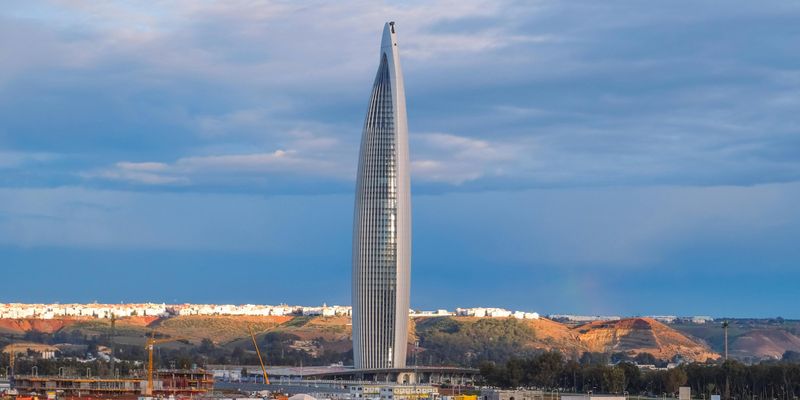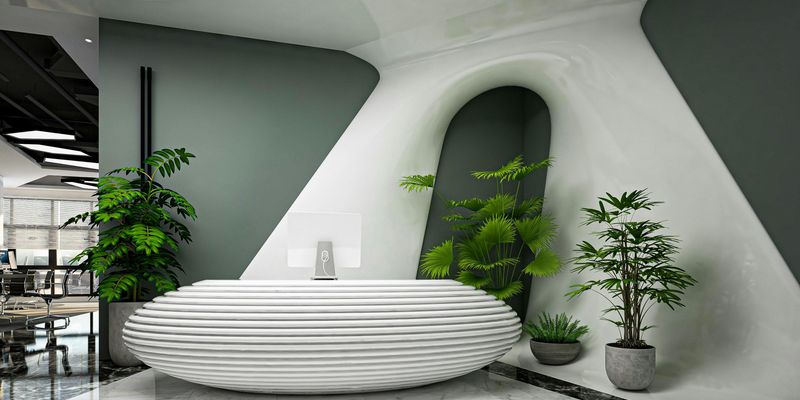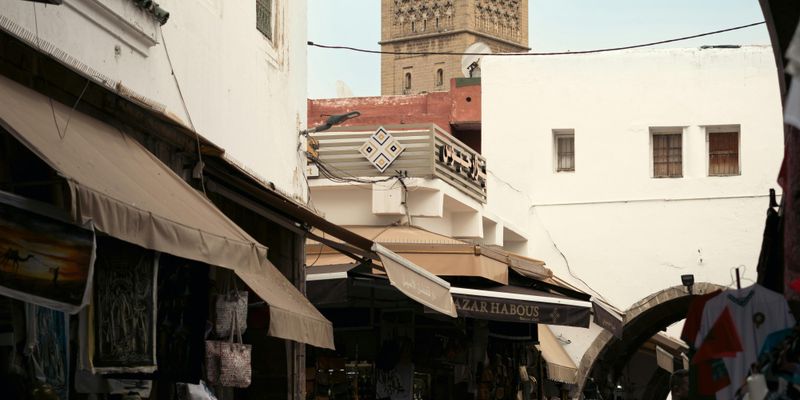
Introduction to Morocco's Islamic Heritage
As a Moroccan who has grown up amidst the vibrant tapestry of my country's Islamic culture, I’ve come to see it as one of Morocco’s most glorious assets. Here, centuries of tradition harmoniously blend with modern influences, creating a captivating mosaic that tells the story of our identity. In this post, let's explore why the Islamic culture in Morocco is truly a treasure to explore.
Historical Significance of Islamic Culture
Islam has been part of Morocco’s identity since the 7th century, shaping its society, architecture, and arts. The arrival of the Arab conquerors brought not just a new religion, but also advancements in science, medicine, and philosophy. Cities like Fes, known as the intellectual heart of Morocco, house the world’s oldest existing university, the Al-Qarawiyyin, established in 859 AD. This institution is a testament to Morocco's enduring dedication to education and knowledge.
The Architectural Marvels
Everywhere you turn in Morocco, from the bustling souks of Marrakech to the quiet alleyways of Chefchaouen, the influence of Islamic architecture is palpable. Magnificent mosques such as the Hassan II Mosque in Casablanca, with its breathtaking minaret reaching 210 meters high, showcase exquisite tile work, intricate wood carvings, and expansive courtyards. The medinas (old towns) are structured with mystical alleyways and beautifully tiled fountains, inviting visitors to lose themselves in their charm. Each element reflects the rich cultural and spiritual journey we’ve undertaken as a community.
Art and Design: A Celebration of Craftsmanship
The Islamic art of Morocco is another vibrant facet worth exploring. The famous zellige (decorative tilework) is a hallmark of Moroccan aesthetics, characterized by colorful geometric mosaics. You can witness master artisans creating these intricate designs in workshops across the country. Beyond zellige, the tadelakt plastering—used in many riads (traditional houses)—exhibits a stunning use of natural materials and ancient techniques. These art forms don’t just beautify our surroundings; they narrate tales of patience, history, and dedication.
The Spiritual and Community Life
One of the most profound aspects of Islamic culture in Morocco is its emphasis on community and spirituality. The five daily prayers can often be heard echoing through the streets, creating a rhythm that emphasizes unity among the people. During the holy month of Ramadan, the atmosphere shifts as families gather for iftar (the meal to break the fast) and share in the experience of fasting. It’s a beautiful demonstration of togetherness, generosity, and gratitude that transcends the individual experience.
Festivals and Celebrations
In addition to the daily life influenced by Islam, Morocco hosts vibrant festivals that celebrate its culture. The Mawlid (the celebration of the Prophet Muhammad's birth) is marked by spirited street events filled with music, poetry, and food. These gatherings not only illustrate our religious devotion but also our shared love for festivity and community spirit.
The Modern Influence of Islamic Culture
While you may think of Moroccan Islamic culture as rooted solely in the past, it continues to evolve today. Young Moroccan artists are infusing traditional styles with contemporary ideas, creating innovative expressions that resonate globally. The fusion of old and new is alive in art galleries, fashion, and music. This modern narrative offers a glimpse of how our Islamic roots continue to inspire and influence the future generations.
Conclusion: A Treasure Worth Exploring
From the intricate artistry of our architecture to the bonds forged during communal prayers and celebrations, the Islamic culture in Morocco is a treasure trove waiting to be explored. It is a reflection of our history, our beliefs, and our shared humanity. To walk through Morocco is to embark on a journey through time, witnessing the evolution of a society deeply rooted in its Islamic heritage. So, come discover the unmatched beauty and cultural richness that Morocco has to offer!
